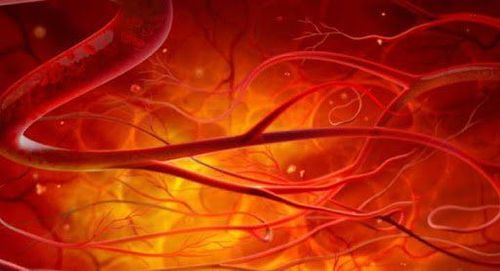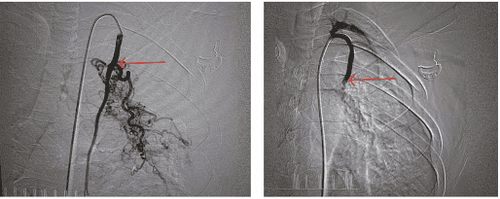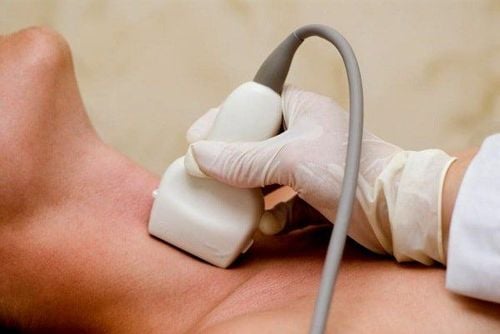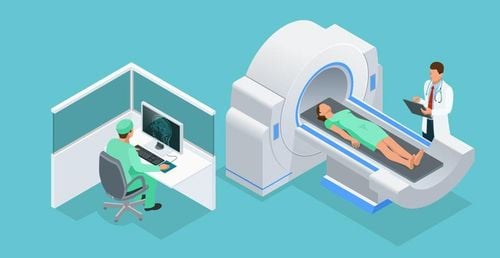This is an automatically translated article.
This article is professionally consulted by Master, Resident Doctor Tran Duc Tuan - Department of Diagnostic Imaging - Vinmec Central Park International General Hospital. The doctor has many years of experience in the field of imaging and interventional internal and external blood vessels.Coronary angiography and embolization is a treatment technique used in patients with mild, moderate to severe hemoptysis and recurrence.
1. What are bronchi?
The human bronchus is anatomically an air duct in the lower respiratory system, located directly below the trachea, at the level of the 4-5 thoracic vertebrae. The bronchi are divided into small branches to carry air deep into the interior of the lungs and form the bronchial tree.Coughing up blood can have many causes, including the trachea and lungs. According to statistics, more than 90% of cases of coughing up blood, the cause of which comes from the lungs, is caused by damage to the bronchial artery branches. The procedure of bronchial embolization is one of the solutions given to improve that condition. .
2. What is bronchial embolism?
Bronchoalveolar embolization is actually a technique to visualize the arteries on a bright screen by injecting the contrast agent directly into the artery. Then, based on the image, to thread the specialized small tube into the artery, to the bronchi, to pump the emboli tablets into the damaged site to prevent coughing up blood in the patient.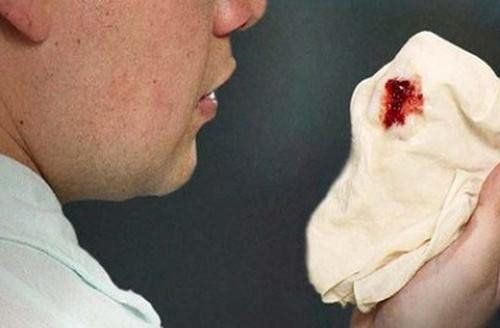
3. When to do bronchial embolization
Bronchoalveolar embolization is indicated when the patient coughs up blood, or lightly coughs up a relatively small amount of blood but lasts for days and has not had a chance to have a radical surgery or the doctor has not indicated surgery.Bronchial embolization is absolutely contraindicated in patients with severe coagulopathy (prothrombin < 70%), platelets < 50 G/l.
In cases where patients are allergic to contrast agents or have severe organ failure, bronchodilator embolization should also be considered.
4. Procedure for bronchial embolization
4.1 Preparation After examining and determining the source of hemoptysis originating from the bronchial artery and the patient is in a condition to be able to perform the procedure, the doctor will order bronchial embolization and instruct the patient to prepare in advance such as:Fasting, drinking within 6 hours before bronchial embolization, can drink no more than 50ml of water. Blood clotting and bleeding tests Kidney function tests Electrocardiogram .
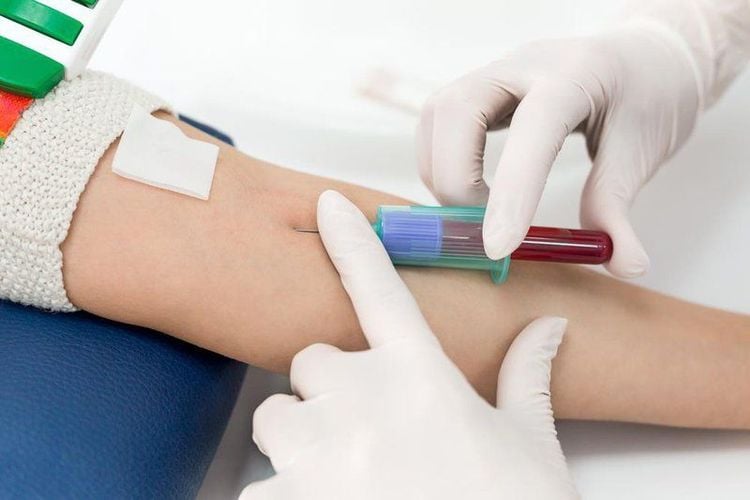
After the procedure, the patient must keep the bronchial embolization leg straight as well as lie still in place. 2 hours later, the patient can eat and drink again, after 18 hours can walk and do normal activities. If no complications occurred after 3 days, the patient was allowed to leave the hospital.
Please dial HOTLINE for more information or register for an appointment HERE. Download MyVinmec app to make appointments faster and to manage your bookings easily.
SEE MORE
Background erasure and portal vein node digitization Hemoptysis: Don't take it lightly Treating hemoptysis with bronchial artery embolization






